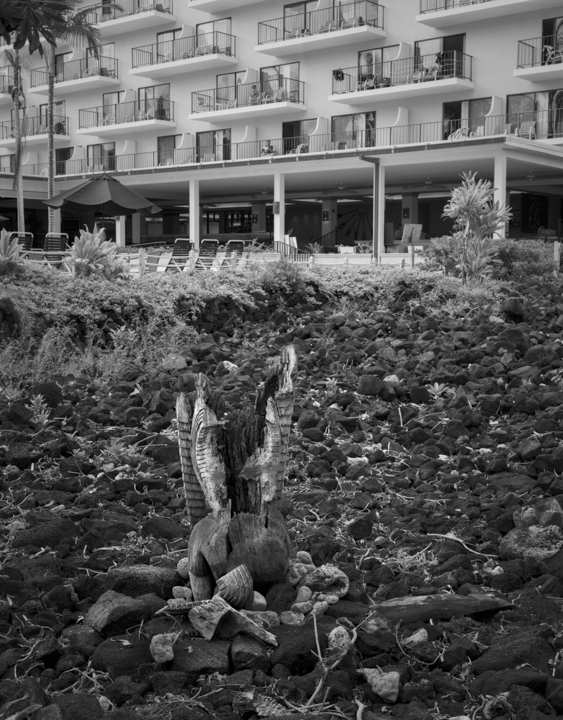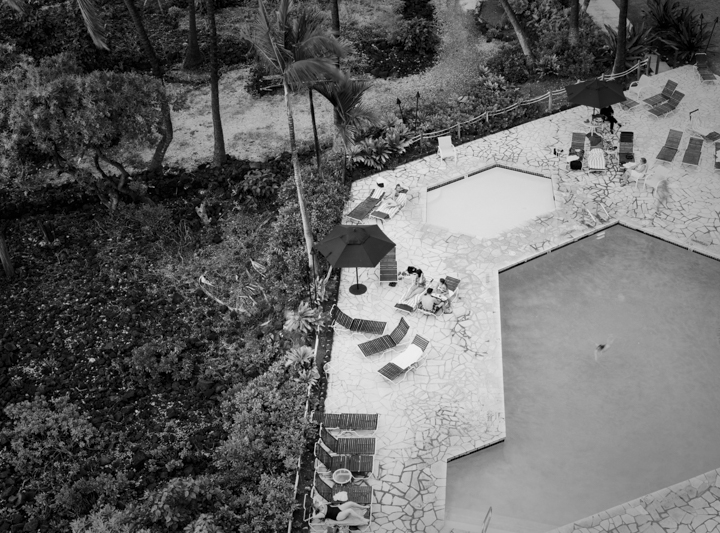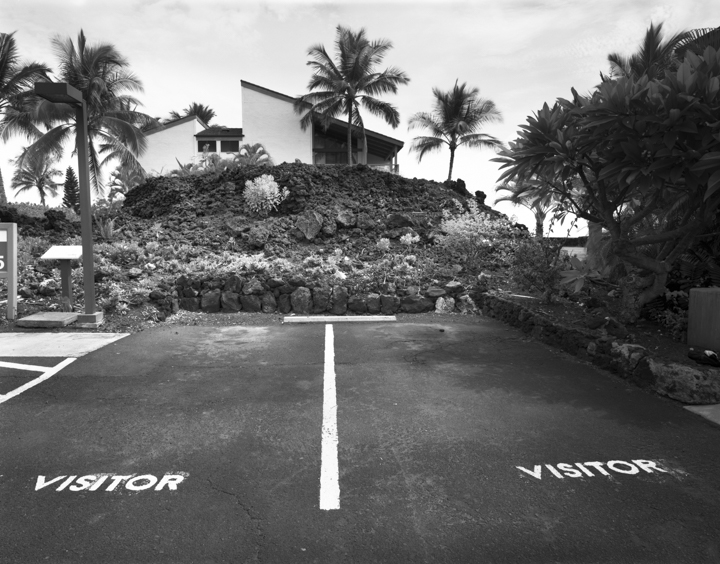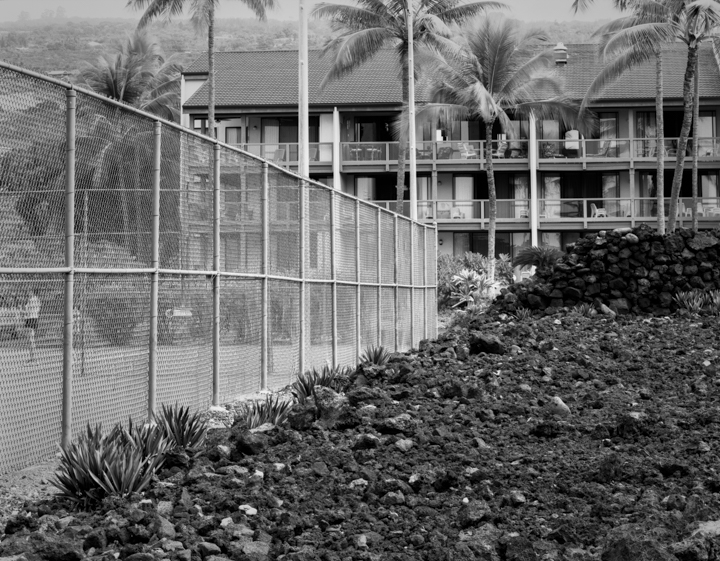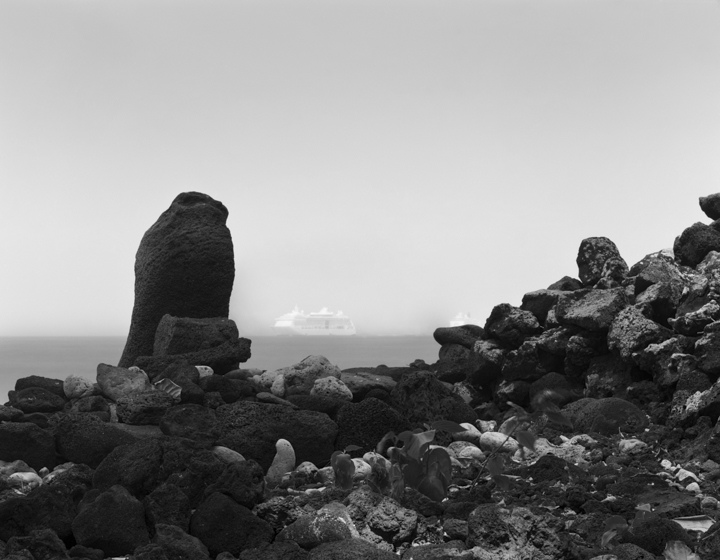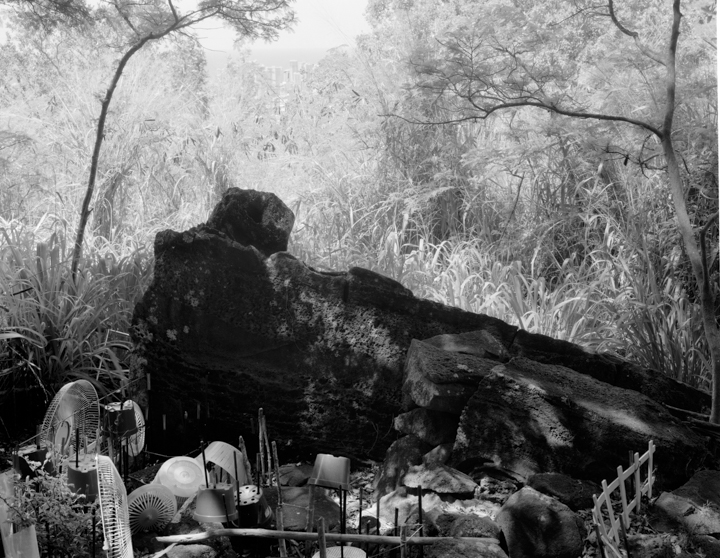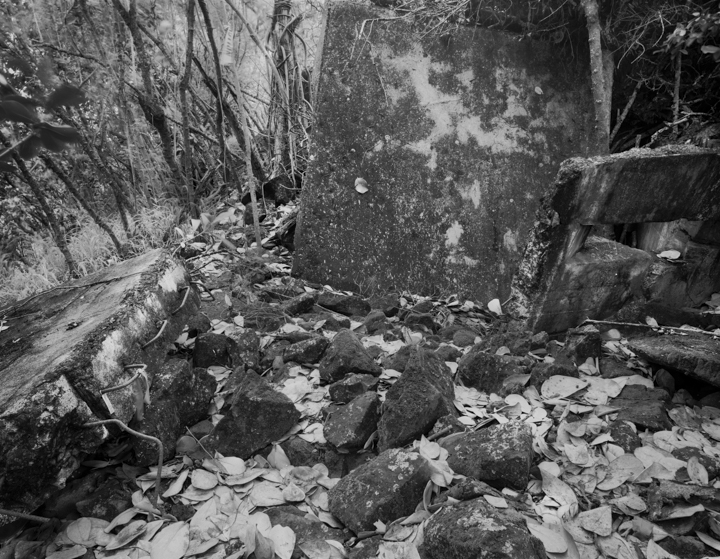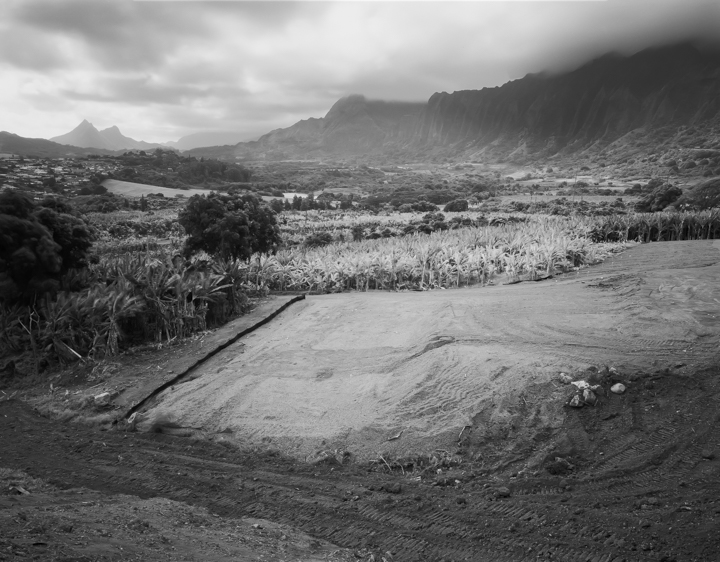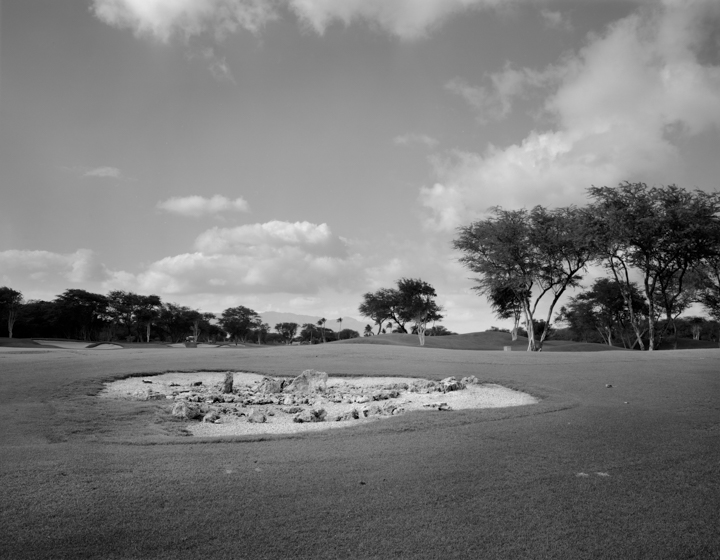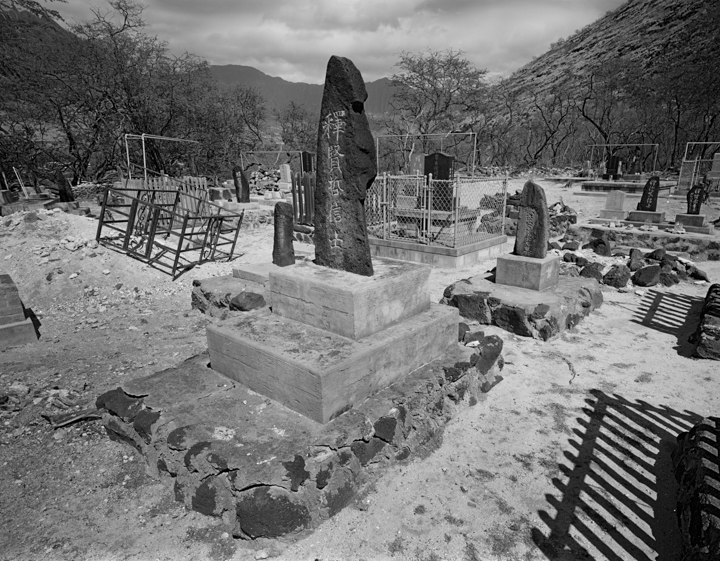Two of these projects are located in Hawaiʻi but touch on far broader environmental, indigenous and political issues. The third is in Great Britain and the fourth is in Paris. All projects come with a commitment to a traveling exhibit and full participation in marketing. At the bottom of each section is a link to additional images. My resumé is at the end.
page 1 — Kīpuka: The Edges of Things
page 2 — Kanu Kahoʻolawe: Healing the Past, Planting the Future
page 3 — Stone Circles: The Sacred Commons
page 4 — The Book of Paris
page 5 — Jan Becket Resumé
I. Kīpuka: The Edges of Things
Hawaiian pre-contact culture was a bronze-age culture without bronze, rooted in agriculture and stone. Like Greeks and Romans, though, Hawaiians are engineers, skilled in fitting stone on stone, expressing abstract thought through physical structures — of which many yet remain in bushes on the sides of roads, hidden behind real estate developments, on land often viewed as “worthless” unless covered with concrete and asphalt, generating income. The Hawaiian term wahi kūpuna (ancestral place) better describes them, replacing the sterile academic label, “archaeological site.”
Those wahi kūpuna that have survived a 200-year frenzy of land development exist in fragmented, isolated pieces. In Hawaiian language the term “kīpuka” refers to the island of forest left untouched by a surrounding lava flow as it splits into two rivers which later rejoin, heading downhill to the sea. Many of these images record cultural kīpuka, images of one landscape being surrounded, sometimes being submerged or sometimes re-emerging in the midst of another. We must assemble the previous forest in our minds. And once the bigger picture begins to emerge, even a little, we are better able to appreciate an aboriginal culture that expressed through stone structures, carefully placed in reference to the landscape, its place in the cosmos.
These structures are some of the few tangible, direct communications passed down from pre-contact times — aside from objects left in museums. They are not merely “archaeological sites” but spatial references to the natural environment that embody religion, philosophy, aesthetics and the natural sciences, treatises that suggest an entire non-western cosmology, connecting culture, land and sky. They are at the same time dissertations on the natural world, scriptures and works of art.
Borders interest me, the edges of things. I spent most of my life on a kind of border, an outlying periphery of American civilization in the middle of the Pacific. On an island it’s easy to notice demarcations between physical spaces: land and water, urban and rural, sky and earth. However, what draws me in particular are the visually elusive borders between contested landscapes occupied simultaneously by several cultures: places occupied by divergent views of the cosmos, views that do not comfortably share the same space, and yet which do share that space. This is a project, then, that examines juxtapositions.
I was born in Hawai‘i, but it took me decades to notice such spaces, where cultural borders overlap and sometimes collide. A few of these images, if they succeed at all, document overlapping world views, both referencing, both claiming the same landscape in their opposing perceptions of the universe and of our place in it. Once in a great while, it is possible to photograph these contested spaces in such a way that multiple, overlapping worlds crystallize in a visual way. Thus, the places themselves become metaphors for the changes that have happened here, the sober reality beneath the fantasy hula-hula façade of slick tourist promos that litter the streets of Waikīkī. In recording a wahi kūpuna (pre-contact site), one ends up, without even intending to do so, recording the effects of contact with the West over the past 230 years, the footprint of Western culture on a non-Western landscape. The camera always faces in two directions. (paragraphs excerpted from the essay “Apologia” at www.janbecket.net/wordpress)

